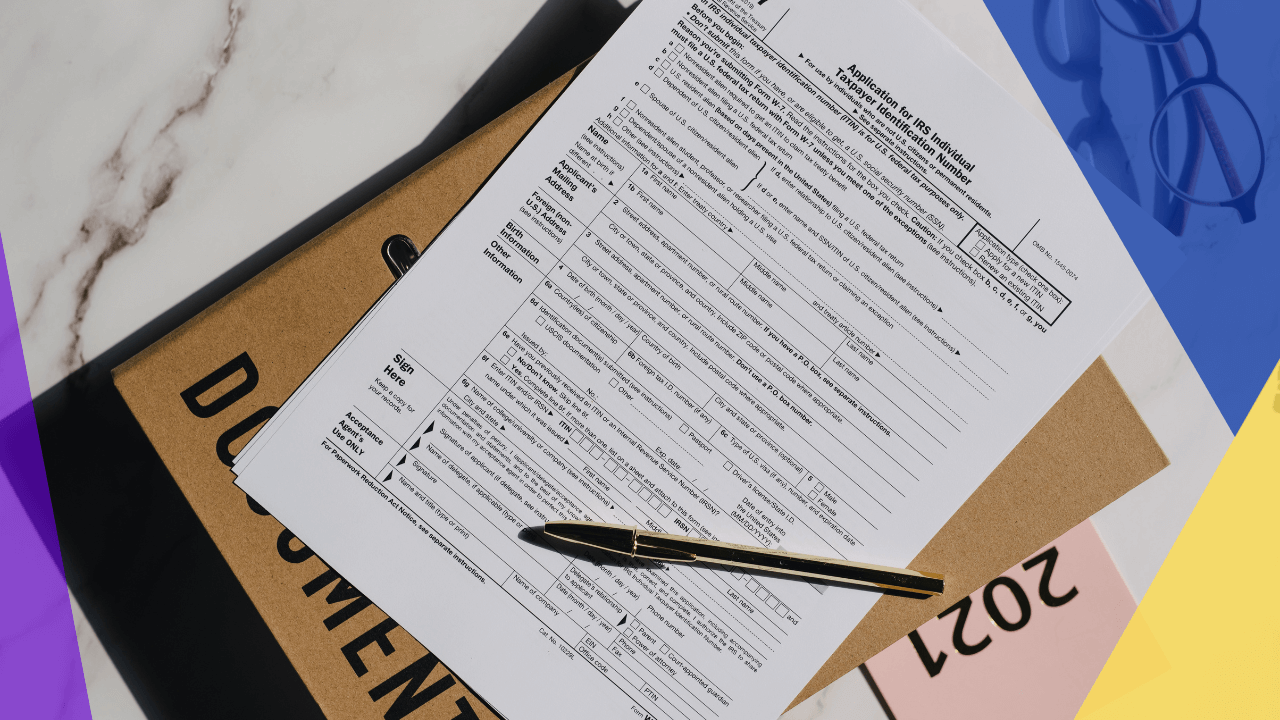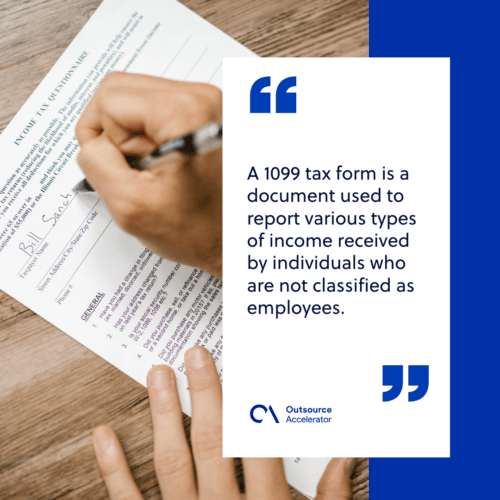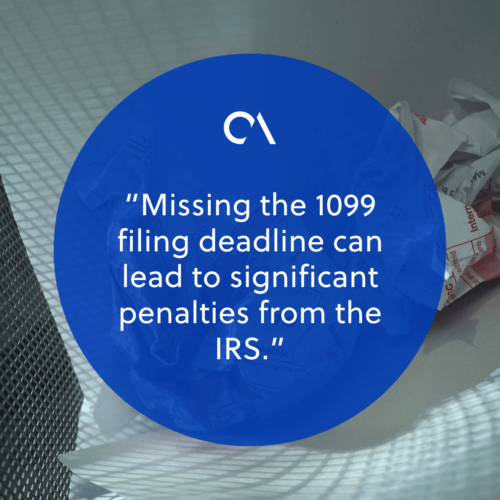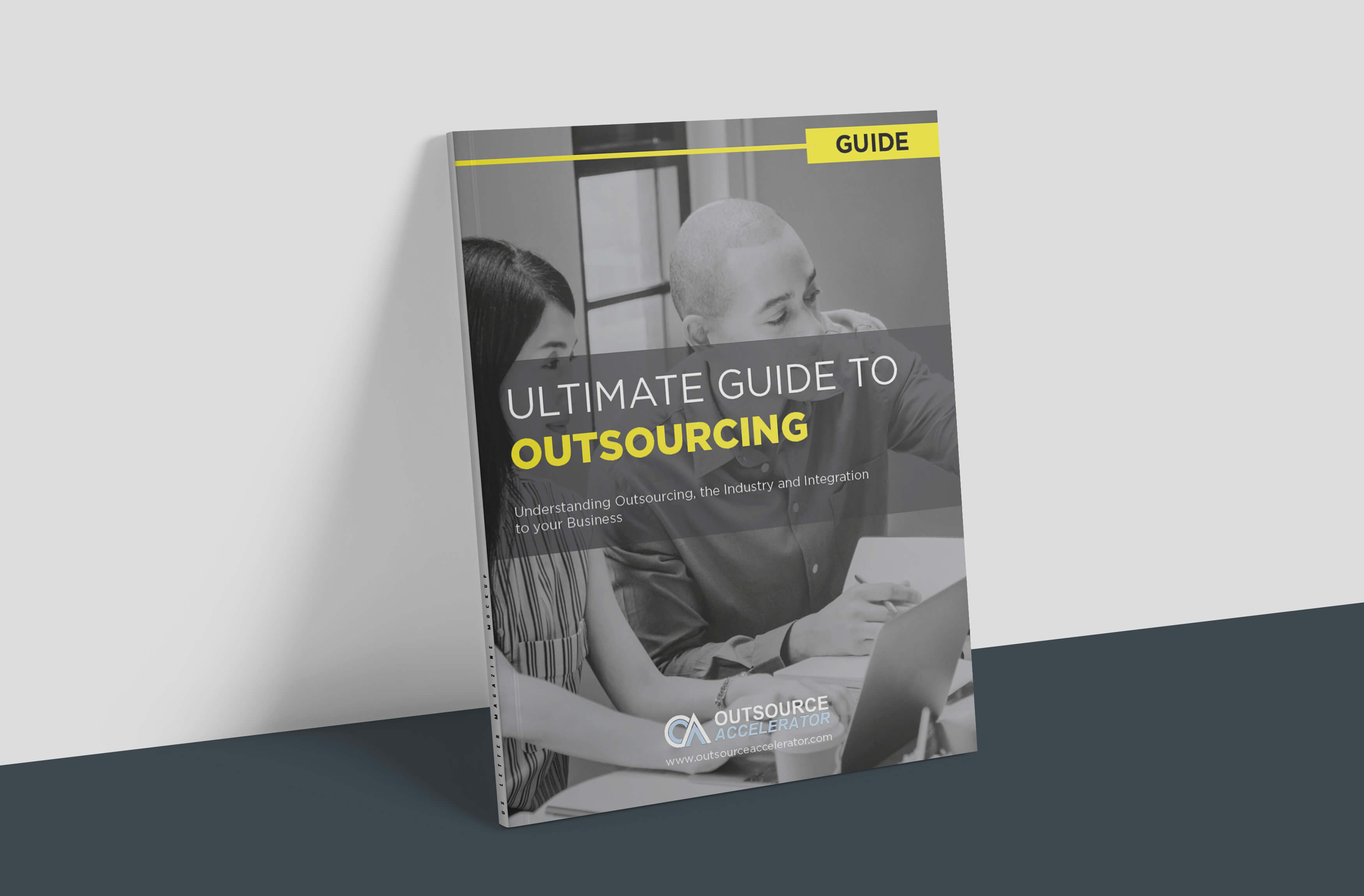How to file 1099: A step-by-step approach

Paying taxes is a legal obligation that both individuals and businesses must fulfill. Whether you’re a freelancer, a small business owner, or an employee, taxes help fund public services such as education, healthcare, and infrastructure.
For example, employees typically have income tax withheld from their paychecks, while businesses must file various forms to report their earnings and expenses. Failure to meet tax obligations can lead to penalties or legal consequences.
Knowing and understanding how to get through your tax requirements is essential to avoid complications.
In this blog, we’ll walk you through the process of how to file 1099, covering the key steps and tips you need to ensure everything is filed correctly and on time.
What is a 1099 tax form?
A 1099 tax form is a document used to report various types of income received by individuals who are not classified as employees.
It allows the Internal Revenue Service (IRS) to track income that is not paid through traditional payroll systems.
While employees receive a W-2 form to report their earnings, a 1099 is used for those who earn income outside of regular employment, such as through:
- Freelance work
- Consulting
- Other self-employed activities

The form details the total amount of money earned over the course of a year, helping the IRS ensure that income is accurately reported for tax purposes.
It is important for both the payer and the recipient to accurately complete and file the form to avoid penalties or mistakes during tax season.
In essence, the 1099 tax form is essential for documenting income that falls outside traditional employment. This document is one way for the IRS to monitor non-employee income and maintain compliance with tax regulations.
Those earning income through independent work are able to report their earnings when filing their taxes properly.
Who sends 1099 forms?
A 1099 form is typically sent by businesses, organizations, or individuals to report payments made to non-employees. Anyone who pays an independent contractor, freelancer, or other self-employed person is responsible for issuing a 1099 form.
For example, a business that hires a freelance graphic designer, a consultant, or a contractor will send them a 1099 to document the amount paid for their services throughout the year.
If the total amount paid exceeds $600, the business must file the 1099 tax form.
Who receives 1099 forms?
On the other hand, the recipient of a 1099 form is usually an independent contractor, freelancer, or a self-employed individual. These people receive the 1099 form to report the income they’ve earned, which isn’t subject to typical payroll tax withholding.
The form helps them when preparing their taxes, as they must report all income earned, including what’s shown on the 1099.
Additionally, some businesses may also receive a 1099 if they earn income through other channels like interest or dividends.
In general, anyone receiving payments outside of traditional employment is likely to receive a 1099 form from the payer, which must then be included in their tax filings.
When is the 1099 form issued?
The 1099 form is typically issued at the beginning of the year, after the close of the tax year. The deadline for sending out the forms is January 31. It gives businesses enough time to gather the necessary information about the payments they made over the past year.
Note: If January 31 falls on a weekend or holiday, the deadline shifts to the next business day.
Further, this deadline applies to most 1099 forms, such as the 1099-MISC, which reports payments to independent contractors and freelancers.
For businesses/payers:
The 1099 form must be sent to the recipient by January 31. The payer must also submit the form to the IRS by:
- The end of February – If you are filing on paper.
- The end of March – If you are filing electronically.
These deadlines help give recipients enough time to file their own taxes by the April 15 deadline.
If you are the recipient of a 1099:
You should expect to receive it in early February at the latest. It’s important to review the form carefully to make sure all details are correct. Any errors should be reported promptly to avoid delays when filing your taxes.
How to file 1099: 2 Most common types of 1099
While there are several versions of the form, two of the most common are the 1099-NEC and 1099-MISC. Each serves a specific purpose for different types of income reporting.
1. 1099-NEC (Non-employee compensation)
The 1099-NEC is used to report payments made to independent contractors, freelancers, and other non-employee workers. As mentioned earlier, if a business pays an individual or entity $600 or more in a year for services rendered, it must issue a 1099-NEC form.
This includes payments for consulting, freelance writing, web design, or other services. The recipient of the 1099-NEC is then responsible for reporting this income on their tax return.
The form does not have tax withholding, meaning contractors must handle their own tax payments, including self-employment taxes.
2. 1099-MISC (Miscellaneous information)
The 1099-MISC is used to report various types of miscellaneous income. This form covers a broad range of payments, including:
- Rent
- Prizes
- Awards
- Payments made to attorneys
It’s also used to report other income sources like payments to subcontractors who are not classified as non-employees, or for reporting income from royalties.
A business must issue a 1099-MISC if they pay at least $600 in one of these categories over the course of a year. The 1099-MISC helps the IRS track these diverse sources of income to make sure they are properly reported on tax returns.
Both forms are highly important for accurate tax reporting, and companies must carefully determine which form is appropriate for the type of payment made.
How to file 1099 electronically
Filing a 1099 form electronically is a convenient and efficient way to meet your tax obligations. The IRS allows businesses to file 1099 forms online through the Filing Information Returns Electronically (FIRE) system.
Here’s how to file 1099 electronically:
Step 1: Register with the IRS
Before filing electronically, create an account on the IRS website if you haven’t done so already. You will need to apply for a FIRE system account and obtain a Transmitter Control Code (TCC).
Step 2: Prepare your 1099 forms
Gather all the necessary information for each recipient, including their name, address, and taxpayer identification number (TIN). Make sure you have accurate payment amounts for the year.
Step 3: Use approved e-filing software
To file electronically, you’ll need to use IRS-approved software or e-filing services. Many third-party platforms, like QuickBooks or Tax1099, offer simple e-filing options.
Step 4: Submit your forms via the FIRE system
After preparing the forms, submit them through the IRS FIRE system. You will need to upload the 1099 forms in the specified format, usually as a .txt file.
Step 5: Confirm submission
After submitting, check for a confirmation receipt from the IRS. Keep this confirmation for your records.
Filing electronically lets you save time and avoid errors while staying compliant with IRS regulations.
How to file 1099 manually
Filing a 1099 form manually requires attention to detail and proper paperwork. While electronic filing is faster, filing by paper is still an option for those who prefer it or meet certain conditions.
Here’s how to file 1099 manually:
Step 1: Obtain the correct forms
You cannot submit a printed copy of a 1099 form from a regular printer. Get official 1099 forms from the IRS or an authorized supplier, which include the necessary red ink for proper processing.
Step 2: Fill out the forms
Complete the 1099 form for each recipient. Provide accurate details such as the recipient’s name, address, taxpayer identification number (TIN), and the amount paid. Always double-check all information to avoid errors.
Step 3: Submit the forms to the IRS
After filling out the forms, mail them to the IRS. The deadline for paper filing is typically later than electronic filing, but you must submit them by the required date (usually by the end of February).
Step 4: Send copies to recipients
Provide a copy of the 1099 form to the recipient by January 31. This gives them time to report the income on their tax return.
Step 5: Retain copies for your records
Keep a copy of each 1099 form for your records in case of future audits or questions.
Penalties for missing the 1099 filing deadline
Missing the 1099 filing deadline can lead to significant penalties from the IRS. Timely filing is important to avoid fines and other consequences.

Below are the potential penalties for late or incorrect filings:
- Late filing penalties – If you miss the filing deadline by 1 to 30 days, you may face a penalty of $50 per form. This increases to $110 per form if the filing is 31 days late to August 1.
- Significant delays – If the filing is over 30 days late but before August 1, the penalty can rise to $110 per form. Filing after August 1, or not filing at all, could result in penalties of $270 per form.
- Failure to provide recipient copies – If you do not provide the recipient with a copy of their 1099 form by January 31, the penalty is $50 per form.
- Intentional disregard – If the IRS determines that the failure to file was intentional, the penalty increases dramatically. This can result in a fine of $550 per form, with no upper limit.
It is crucial to file 1099 forms on time to avoid these consequences. Keeping track of deadlines and submitting the forms accurately will help you avoid unnecessary costs and complications during tax season.
Filing 1099 forms doesn’t have to be complicated. By understanding your obligations and choosing the right method—whether electronic or manual—you can stay compliant and avoid costly penalties.







 Independent
Independent




